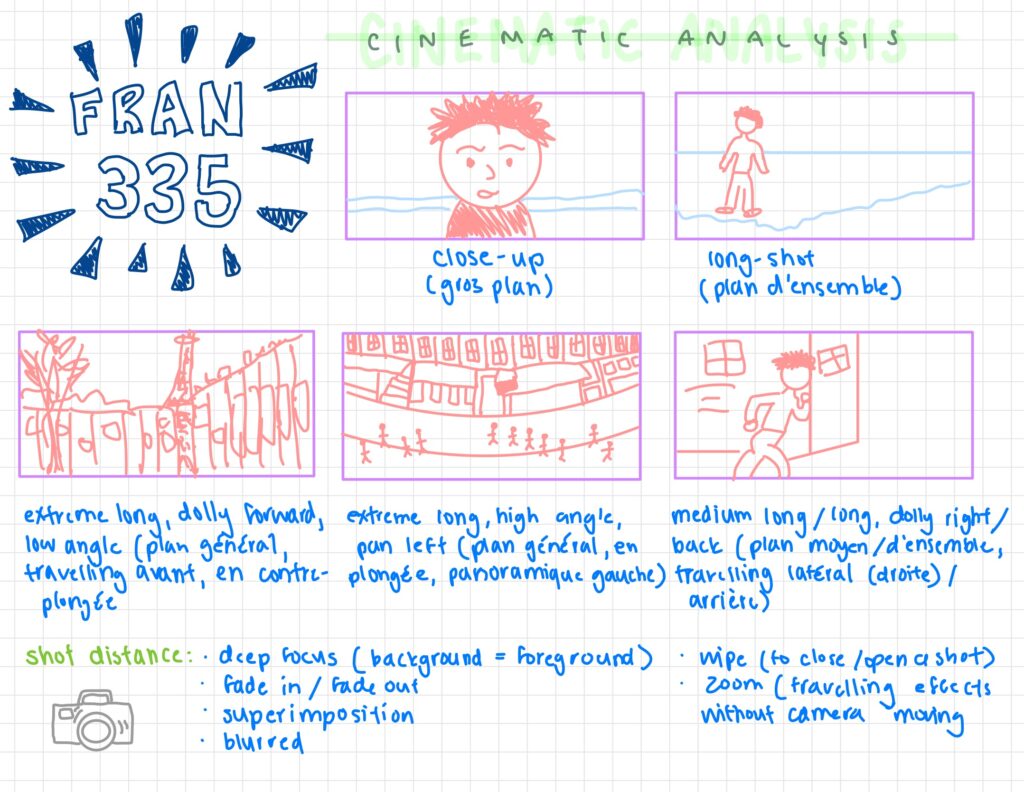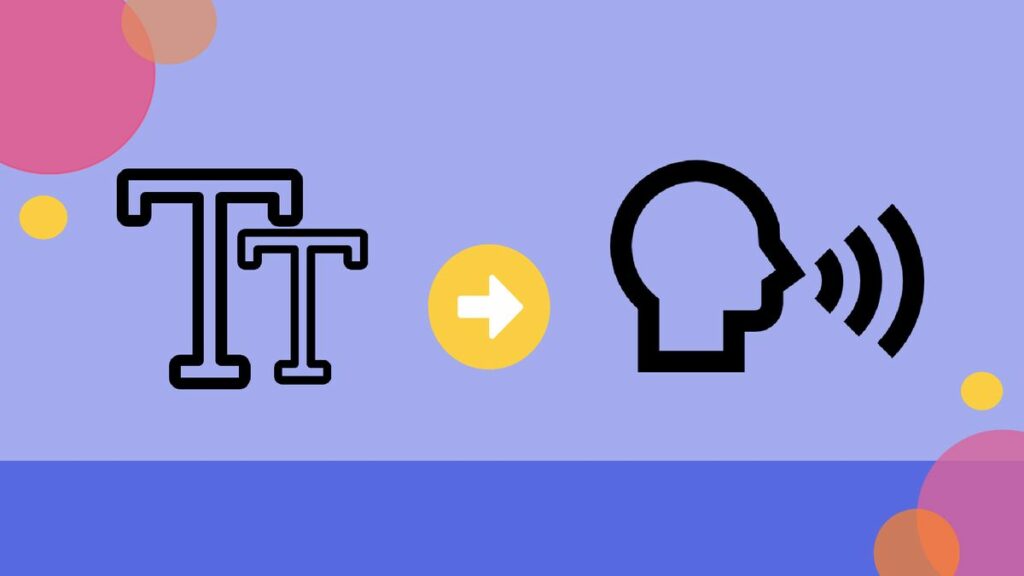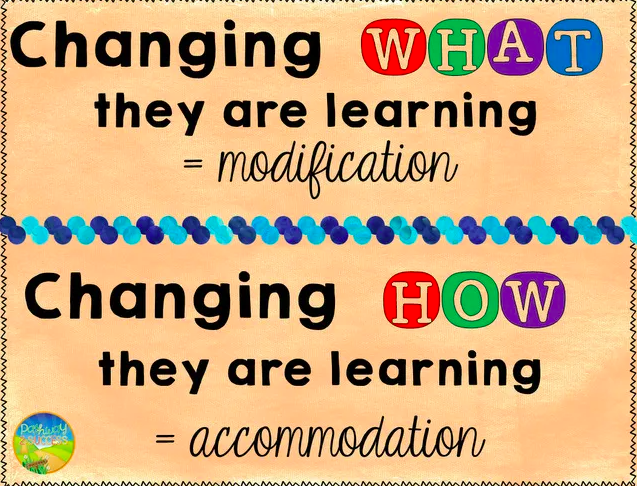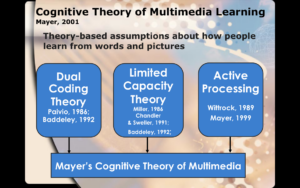
For this week’s blog post, I’ve focused on multimedia resources and explored sketchnoting, and for the concepts this week, I’ve done a short reflection on my experiences with text-to-speech tools.
I tried sketchnoting this week for my french cinema class, and I found it beneficial as it helped attract my attention and focus on the concepts we learned this week rather than being distracted or dozing off in class. It’s an excellent method that helped me organize my thoughts, sketch the important things, and retain information. I’m a visual learner and doing the whole process of sketchnoting assisted me to remember the types and methods of shots and camera work. Drawing each shot allowed me to familiarize myself with the different types of shot ranges and how the camera moves. When sketching, I found myself more attentive and was creating a visual representation of what was being explained, and it extended my attention span because I was trying to draw and note down the scenes. The segmenting and modality from Mayer’s theory are at work here, especially for the sketch note I did for my french cinema class. The modality principle applies in this case as it focuses on learning through diagrams and is more effective in learning and retaining information.
Here’s my sketchnote for my FRAN 335 class:

I have used text-to-speech tools before, and there are times when I have found them helpful, especially activating them for longer reads. Although having a second resource to assist with reading is practical, I find that sometimes the speech-to-text voice puts me to sleep. It occurs because the voice is monotone and is situated at one octave; there usually isn’t a change in tone or voice with text-to-speech tools. Using different voices at different sections of the text has helped me retain the words being said aloud, but I can’t consistently use them. I prefer to read at my own pace, and reading over sentences multiple times helps me absorb what I’m reading better rather than just reading over the words. I appreciate the text-to-speech function as I can see how beneficial it can be for other users.

I enjoyed reading and watching videos about accessibility and equity in learning environments. Shelley Moore’s video “Removing the Barriers: Planning for All!” is an excellent educational video that teaches viewers about the concept of inclusivity and how important it is to shift the current paradigm. Educators should offer adaptations and modifications to different teaching styles accessible for all learners, regardless of the environment. Moore said the more we support the context to reduce barriers, the fewer individual resources a person will need to be successful; students aren’t broken but need additional support. We need to aim to create a universal design to suit the needs of all learners.
Here’s the link to Shelley Moores’ Video – Removing the Barriers: Planning for All in case you wanted a refresher. https://www.youtube.com/watch?v=MzL8yMBKM7k&ab_channel=FiveMooreMinutes

References:
FiveMooreMinutes. (2021, October 7). Removing the barriers: Planning for all! YouTube. Retrieved January 31, 2023, from https://www.youtube.com/watch?v=MzL8yMBKM7k
Retrieved February 2, 2023, from https://edtechuvic.ca/edci337/2023/01/29/w4-accessibility-and-equity/
